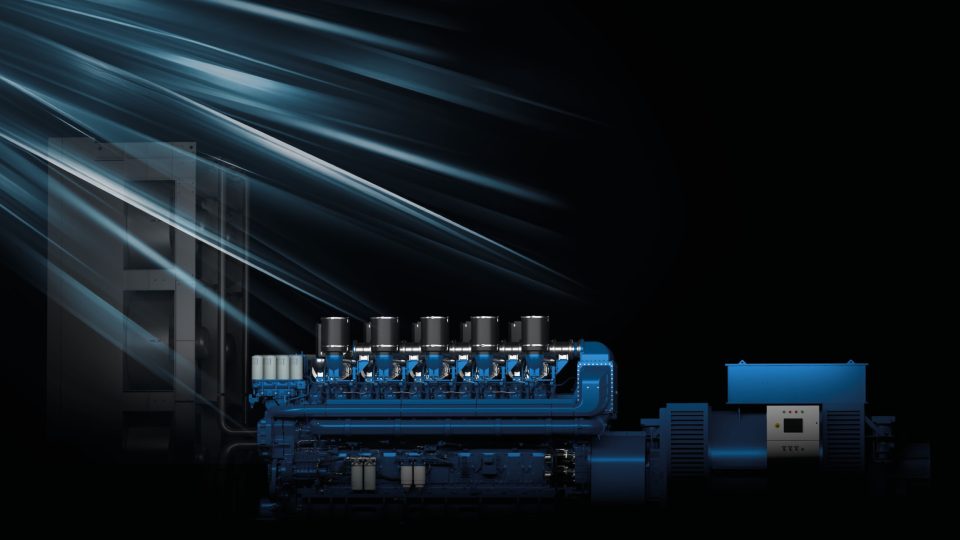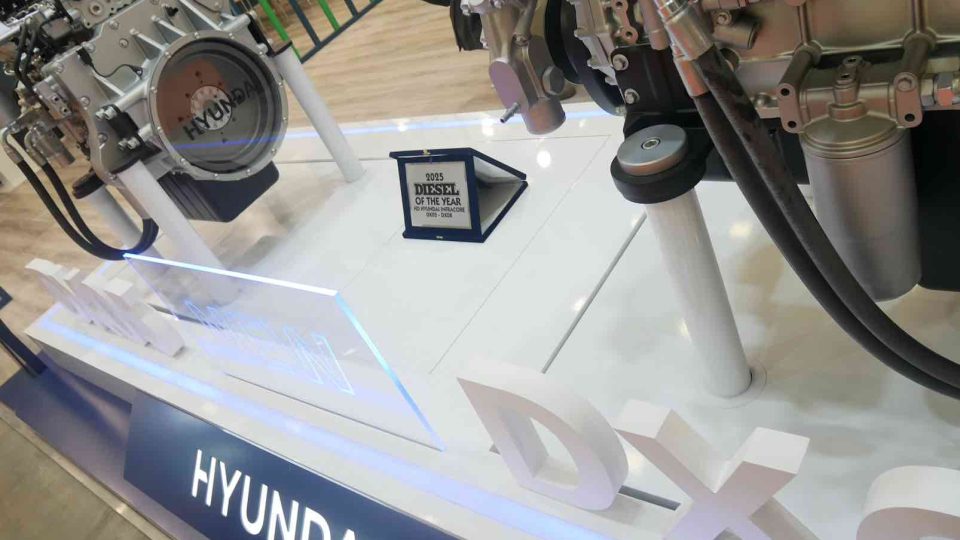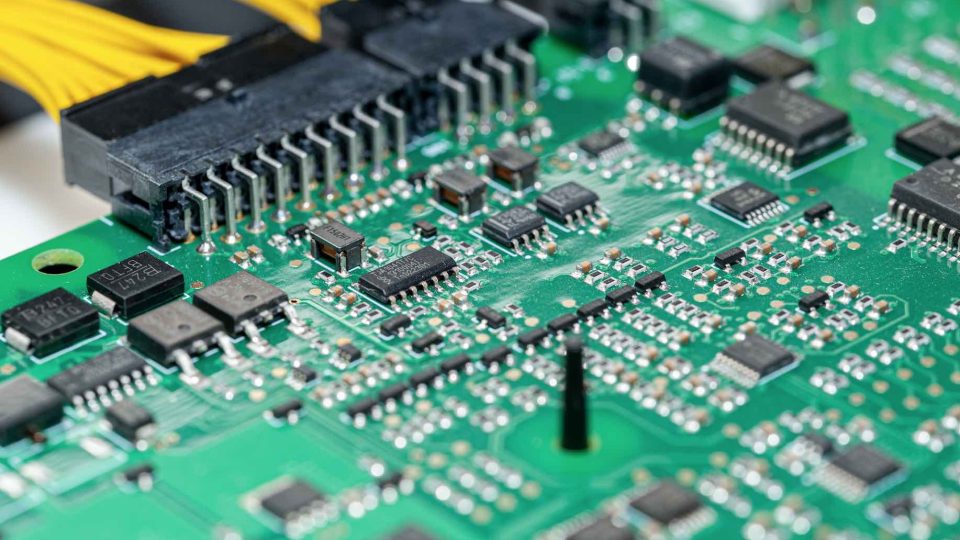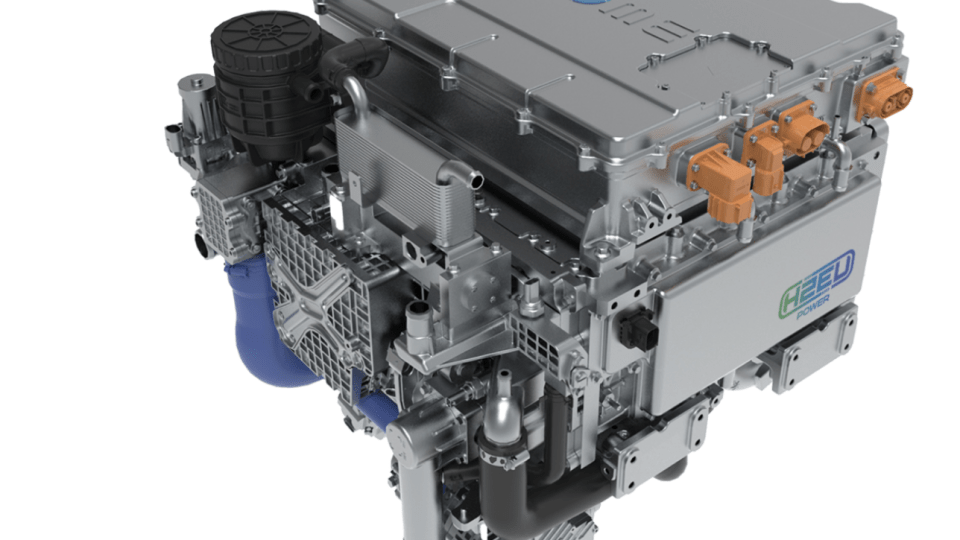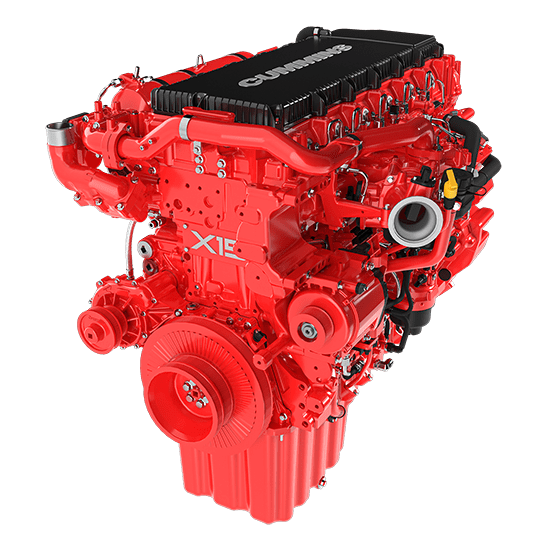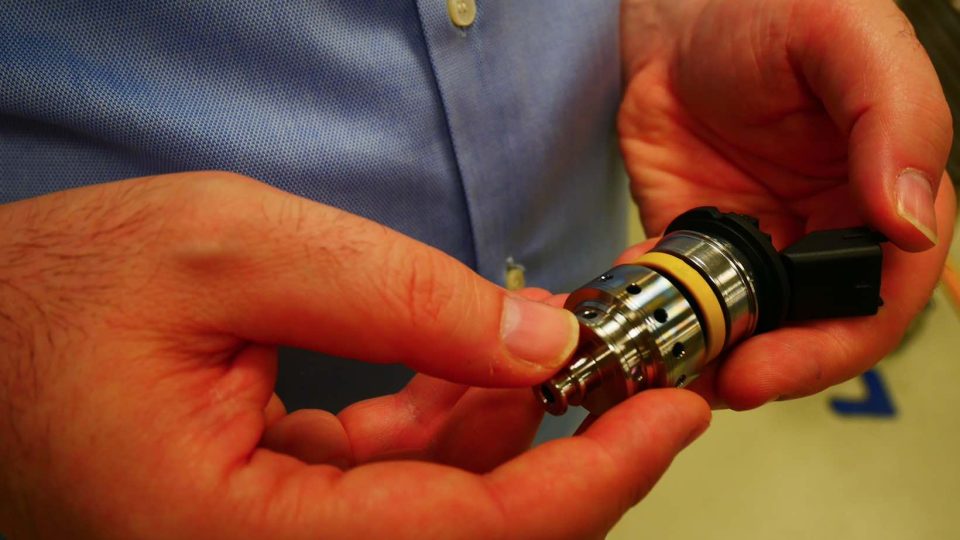Electrogenic: 1929 Rolls-Royce Phantom II converted to electric power
The British EV technology company Electrogenic has revealed its latest stunning bespoke conversion, a show-stopping 1929 Rolls-Royce Phantom II with coachwork by HJ Mulliner & Co., converted to clean all-electric power. Commissioned by a private collector, the Phantom is making its public debut at Salon Privé.
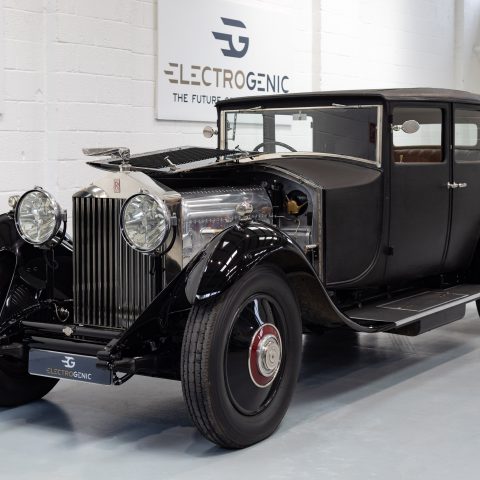
The British EV technology company Electrogenic has revealed its latest stunning bespoke conversion, a show-stopping 1929 Rolls-Royce Phantom II with coachwork by HJ Mulliner & Co., converted to clean all-electric power. It’s the silent, effortless powertrain this stately motor car always deserved. Commissioned by a private collector, the Phantom is making its public debut at Salon Privé, one of the world’s leading Concours events.
Thought to be the most complex classic car EV conversion yet completed, the project further underlines Electrogenic’s world-leading position in this rapidly growing sector. The project is a showcase for the Oxford based firm’s unparalleled creativity, craftsmanship and technical capabilities.
Steve Drummond, Director, Electrogenic, said: “We’re delighted to reveal this fabulous EV converted Phantom II to the world. It has been an immensely complicated and rewarding project, carried out over the course of 18 months by our team of sector-leading engineers, programmers and fabricators.”
Transformed mechanicals, ingenious packaging
The car was originally powered by a gargantuan 7.7-litre pushrod straight-six, producing between 40 and 50bhp, bolted directly to a four-speed, non-synchromesh manual gearbox. In its standard configuration Rolls-Royce claimed a top speed of “well over 80mph”. Now, the petrol engine and gearbox have been carefully removed, replaced by 93kWh of batteries which have been carefully integrated into the existing structure of the car.
The batteries feed an electric motor mounted between the chassis rails via a custom single-speed direct drive transmission, delivering 150kW and 310Nm of torque to the fixed reduction gear, which in turn delivers 1,000Nm to the prop shaft. The systems are all seamlessly linked and managed by a bespoke suite of software – all developed in house by Electrogenic’s software engineers.
As with every Electrogenic conversion, the battery configuration has been tailored specifically to the model in question; housed within the car’s original architecture, no modifications are made to the structure itself. Electrogenic leads the world with its flexible battery installation systems.
The electrified classic is now easy to start, with smooth, quiet acceleration and no-need for double de-clutching – making it much more useable in traffic. The updated braking system effortlessly slows the two-tonne Rolls, so you can drive with confidence whether in town or cruising on the open road.
The updated machine is also vastly more efficient than the original; despite its significant weight and a drag ratio of close to one, the state of the art powertrain with regen capabilities offers a range of circa 150 miles in real-world driving.

